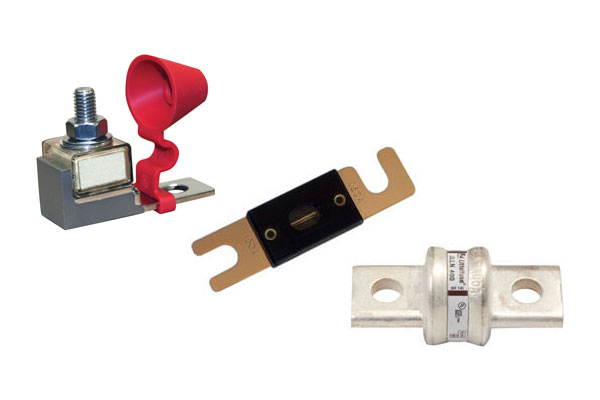The Don Rowe Blog
Apr 28
How To Size A Fuse For Your Inverter Application

In the previous post we covered why an overcurrent protection device is a critical component of your inverter installation. Let’s now go over how to correctly size the fuse, which is as equally important and should not be overlooked. Using an oversized fuse in your application can damage your cables, batteries, and inverter, not to mention potentially causing a fire or bodily harm.
The main factor to consider when sizing a fuse is the battery cables you are using. The cables have the capability to handle specific amounts of amperage, based on their gauge. If there is a short, and a greater amount of amperage is allowed to pass, the wire could melt or catch fire before an oversized fuse blows to interrupt the circuit.
To properly determine fuse size we need to consult NEC table 310.17, which can be found with a quick internet search. According to the NEC, a #1/0 AWG copper wire with 90°c insulation is rated for 260 amps, with the maximum fuse size being 125% of the rating. So, with an amperage rating of 260 amps, a fuse sized at 325 amps or less should work.
In addition, the size of the inverter must also be considered. You want to be sure your setup can handle the maximum amperage draw of the inverter. While having to regularly replace an undersized fuse could be a nuisance, it would not be nearly as bad as a fire caused by an oversized fuse. This is why it is key to size your cables properly, but I will address that in a later blog post.
As you can see there is a harmony between inverter size, cable size, and fuse size. However, using a properly sized fuse to protect the cables is the top priority.
If you have any questions don’t hesitate to contact us via phone at 800-367-3019, or you can email me directly at patrick@donrowe.com
Thank you,
Patrick
DonRowe.com
patrick@donrowe.com
1-800-367-3019